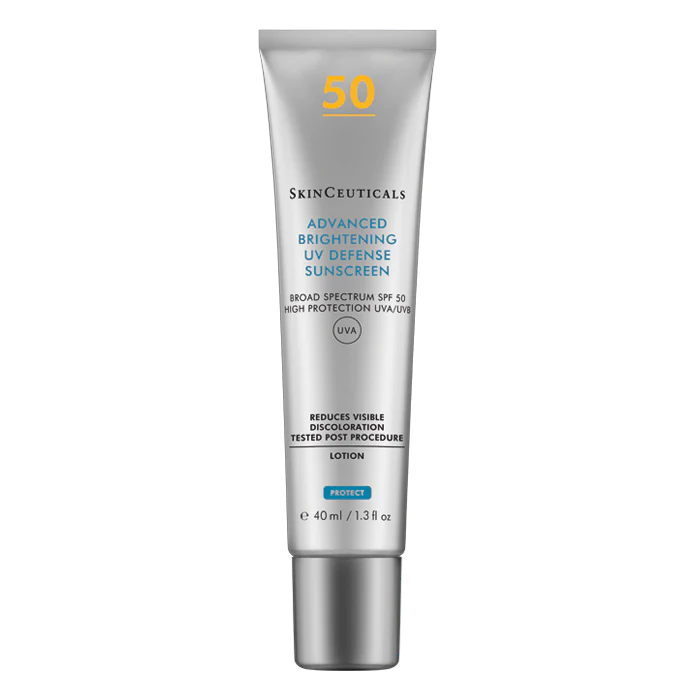How to Improve Skin texture?
Everyone seeks skin with a smooth surface, but the reality is that most of us experience uneven skin texture. This common concern can affect all skin types and often presents as a flaky, rough or bumpy complexion. Whether due to acne, aging or pore size, texture issues can leave skin looking flat, dull and less youthful.
Causes of Uneven Skin Texture
Over your lifetime, your skin will go through many changes that affect and alter its surface. These are the most common causes of uneven skin texture.
Dryness
Dryness is a common cause of uneven skin texture. Dry skin is characterised by an inadequate supply of oils and lipids, which lubricate the skin and keep its moisture barrier intact. Lacking enough moisture, dry skin has difficulty turning over and properly shedding its cells. This causes dead skin cells to build upon the skin’s surface, making it appear rough, flaky and dull.
Smoothing dry skin is as simple as mastering two steps in your skincare routine: exfoliating and moisturising. Regular exfoliation with a physical or chemical exfoliant sloughs dead cells from the skin’s surface and clears the way for healthy cells hidden beneath. Follow up with a moisturizer that is rich in triglycerides and fatty acids; these beneficial ingredients not only replenish moisture; they also strengthen your skin’s lipid barrier. Together, these steps keep skin soft, smooth and supple for longer.
Acne
The most prominent symptom of acne is the change it makes to the skin’s surface. From small raised bumps to large inflamed comedones, all types of blemishes can cause a bumpy and irregular skin texture. Depending on the severity of your acne, these could be isolated to one area or cover your entire complexion.
One feature of acne-prone skin is that it doesn’t turn over efficiently; pores become congested and the combination of oil, dead skin and bacteria leads to breakouts. Acne is triggered by a mix of factors, including excess oil, bacteria, hormones and genetics. One feature of acne-prone skin is that it doesn’t turn over efficiently; pores become congested and the combination of oil, dead skin and bacteria leads to breakouts. Salicylic acid has a long history of treating acne effectively and efficiently. This gentle BHA clears blocked pores, calms angry skin and prevents future breakouts. With regular use, it contributes to a smoother, more even complexion.
Acne Scarring
If you’re prone to picking and popping, acne scars may emerge on your complexion. As blemishes heal, your skin elicits an inflammatory response to repair the damaged tissue. This disrupts the production and structure of collagen, causing indented scars to sink into the skin. These typically present as ice pick, boxcar and/or rolling scars that disrupt an otherwise smooth surface.
You can improve the look of acne scars with a two-pronged approach that both resurfaces and plumps your skin’s texture. Look for natural exfoliators with AHA’s to refine your skin’s surface as well as ingredients like Vitamin C and botanical hyaluronic acid to improve elasticity and plump your complexion.
Fine Lines & Wrinkles
As you age, your skin’s stores of collagen, elastin and hyaluronic acid deplete. Additionally, skin cell turnover slows, and your complexion becomes increasingly dry and rough. Without enough structural support, your skin may develop a variety of wrinkles, from crow’s feet and laugh lines to crepey skin and gravitational folds. Each of these affects your skin’s texture, causing its surface to wrinkle and crease.
In stimulating collagen and elastin production, peptides diminish the look of wrinkles and promote firmer, more resilient skin. One way to smooth fine lines and wrinkles is to use skincare formulated with peptides which trigger the body’s own natural processes to rebuild the longer chain proteins like collagen and elastin. In stimulating collagen and elastin production, peptides diminish the look of wrinkles and promote firmer, more resilient skin.
Milia
Do you have tiny white bumps around your eye area? They could be milia. Often mistaken for acne, these small cysts are filled with keratin, a type of protein that is found in skin tissue, hair and nail cells. When keratin builds up, it can become trapped and form small cysts just below the skin’s surface. Milia typically appear in clusters around the eye area but can also emerge on the cheeks and forehead.
While milia will often clear up on their own, persistent cases may require extraction by a licensed professional. It may be tempting to attack milia at home but picking and popping can lead to inflammation, infections and scarring (which will only exacerbate uneven skin texture). A skilled therapist will use a small sterile needle to make a tiny incision in each milium and release the blockage of keratin.
Large Pores
Skin with large pores can take on an orange peel-like pitted texture. Pore size is determined by genetics, but they can become enlarged due to congestion and the ageing process. When oil and dirt clog your pores, the diameter of the opening expands. As you age and your skin becomes less elastic, it loses the ability to “bounce back,” and pores become even more prominent.
For this type of uneven skin texture, you want to clear congestion and improve elasticity. Chemical exfoliants like alpha hydroxy acids (AHAs) dissolve the “glue” that holds dead skin cells on the skin’s surface and helps to keep pores clean. Follow up with a Retinol product which will help firm and tighten skin.
Solutions
The Jet peel. Obagi blue radiance peel. Rejuvapen. Nanofractional RF.
Glycolic10 overnight, Retinol , Retexturing serum . Clarifying clay mask.




















































